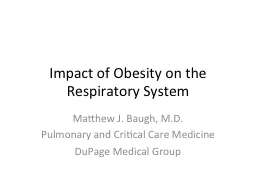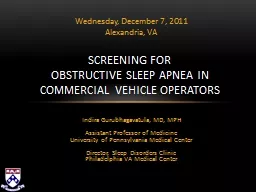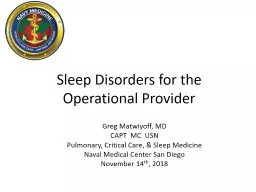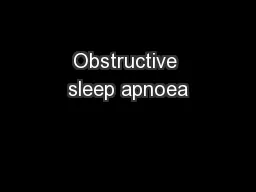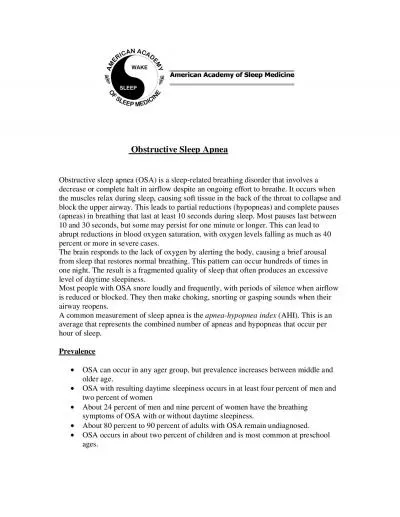PPT-Exploring the Economic Benefits of OSA Diagnosis and Treatment
Author : briana-ranney | Published Date : 2018-09-30
Commissioned by the American Academy of Sleep Medicine Published August 2016 Epidemiology Source Primary research with experts US Census 2014 Peppard Increased
Presentation Embed Code
Download Presentation
Download Presentation The PPT/PDF document "Exploring the Economic Benefits of OSA D..." is the property of its rightful owner. Permission is granted to download and print the materials on this website for personal, non-commercial use only, and to display it on your personal computer provided you do not modify the materials and that you retain all copyright notices contained in the materials. By downloading content from our website, you accept the terms of this agreement.
Exploring the Economic Benefits of OSA Diagnosis and Treatment: Transcript
Download Rules Of Document
"Exploring the Economic Benefits of OSA Diagnosis and Treatment"The content belongs to its owner. You may download and print it for personal use, without modification, and keep all copyright notices. By downloading, you agree to these terms.
Related Documents


